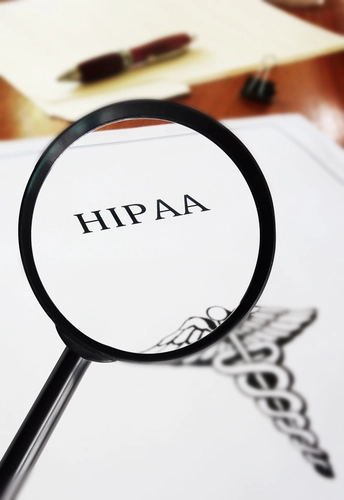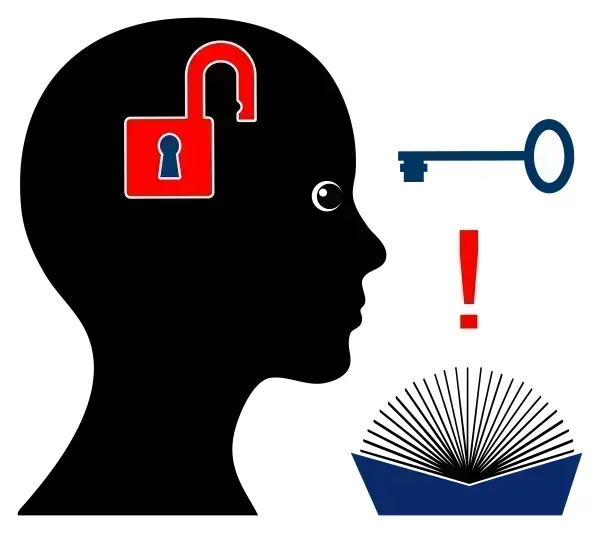Outpatient Facility Coding Alert
Report MIPS Radiation Codes, Avoid Negative Payment Adjustments

Give your provider the best shot at a positive payment adjustment.
Merit-based Incentive Payment System (MIPS) reporting requires that coders, practice managers, and physicians are routinely on the same page. If not, there are financial repercussions at stake for the provider. For instance, a physician’s quality reporting for 2019 could yield a +/- 7 percent payment adjustment.
For independent diagnostic testing facility (IDTF) coders, you’ve got to be aware of measures involving the imaging of incidental lesions to mammographic result categorizations to carotid stenosis measurements. Some of these measures are relatively straightforward; but others, like radiation dose exposure technique documentation, can be tricky without the proper guidance.
Keep your MIPS reporting in check by considering these four crucial radiation dose exposure measures.
Get Back to the MIPS Basics
First, refresh your knowledge of MIPS guidelines by going over two key MIPS reporting rules:
- “Submit collected data for at least six measures, or a complete specialty measure set;” and
- “One of these measures should be an outcome measure; if you have no applicable outcome measure, you can submit another high priority measure instead.”
To consider: Radiation measures were implemented as a means of keeping track of a patient’s radiation exposure from computed tomography (CT) scans and fluoroscopic imaging. Some measures will be reported when CT imaging is utilized for specific diagnostic considerations, while others should be reported each and every time the physician interprets a CT scan or fluoroscopic imaging procedure.
Coder’s note: “When selecting measures, don’t feel restricted by the specialty measure set,” suggests Katherine Becker, JD, LLM, CHC, CHPC, CPC, vice president of corporate compliance at St. Luke’s Hospital in Duluth, Minnesota.
“There are often measures that are applicable for your patients that, for various reasons, CMS left out of the measure set. Referencing the specialty measure set is a great starting point when choosing measures, but it can be helpful to look at the rest of the measures to see if there are other options that may be clinically relevant or a better choice based on the tools and resources available,” Becker advises.
Report G9321 for Included Annual CT Scan Tally
To start, you’ll want to get acclimated with a measure that helps keep track of a patient’s radiation exposure through CT scan count. See Quality ID #360: Optimizing Patient Exposure to Ionizing Radiation: Count of Potential High Dose Radiation Imaging Studies: Computed Tomography (CT) and Cardiac Nuclear Medicine Studies:
- Description: Percentage of CT and cardiac nuclear medicine (myocardial perfusion studies) imaging reports for all patients, regardless of age, that document a count of known previous CT (any type of CT) and cardiac nuclear medicine (myocardial perfusion) studies that the patient has received in the 12-month period prior to the current study.
- Performance met: G9321 — Count of previous CT (any type of CT) and cardiac nuclear medicine (myocardial perfusion) studies documented in the 12-month period prior to the current study.
- Performance not met: G9322 — Count of previous CT and cardiac nuclear medicine (myocardial perfusion) studies not documented in the 12-month period prior to the current study, reason not given.
This one is relatively straightforward. You will typically find a total CT scan count of the prior year in the dictation report following the impression. However, many providers are not known to include information surrounding this particular measure in their report. In those instances, you will report that the performance has not been met with G9322.
Know What Dose Radiation Techniques Qualify for G9637 Reporting
Next, get acclimated with another measure that should be reported for all patients age 18 and up that undergo a CT scan. Have a look at Quality ID #436: Radiation Consideration for Adult CT: Utilization of Dose Lowering Techniques, will also be reported for all patients undergoing a CT scan:
- Description: Percentage of final reports for patients age 18 years and older undergoing CT with documentation that one or more of the following dose reduction techniques were used for:
o Automated exposure control,
o Adjustment of the mA and/or kV according to patient size, and
o Use of iterative reconstruction technique.
- Performance met: G9637 — Final reports with documentation of one or more dose reduction techniques (e.g., Automated exposure control, adjustment of the mA and/or kV according to patient size, use of iterative reconstruction technique).
- Performance not met: G9638 — Final reports without documentation of one or more dose reduction techniques (e.g., Automated exposure control, adjustment of the mA and/or kV according to patient size, use of iterative reconstruction technique).
You might have made note that the wording behind the code descriptions for G9637 and G9638 is somewhat confusing. G9637, for instance, states that all you need is one or more of the three dose reduction techniques to be documented in order to report it. However, G9638 states that you should report it if one or more dose reduction techniques is missing.
To keep things simple, you should abide by the performance met instructions in G9637. This means that so long as you have at least one of the three dose reduction techniques available, you may report G9637. Only report G9638 if the dictation report does not include any of the dose reduction techniques.
Have a look at an example of what a dose reduction technique might look like in a dictation report. You will typically find this performance measure documentation following the impression:
- “One or more of the following dose reduction techniques were used: automated exposure control, adjustment of the mA and/or kV according to patient size, use of iterative reconstruction technique.”
Include Three More Important Measures
In addition to these two crucial radiation dose exposure measures, make sure you’re prepared to report the full arsenal of measures. Have a look at three more to consider:
- Quality ID #145: Radiology: Exposure Dose Indices or Exposure Time and Number of Images Reported for Procedures Using Fluoroscopy
- Quality ID #361: Optimizing Patient Exposure to Ionizing Radiation: Reporting to a Radiation Dose Index Registry
- Quality ID #364: Optimizing Patient Exposure to Ionizing Radiation: Appropriateness: Follow-up CT Imaging for Incidentally Detected Pulmonary Nodules According to Recommended Guidelines.
You can get a more in-depth explanation of these measures and more at https://qpp.cms.gov/mips/explore-measures/quality-measures.
Related Articles
Outpatient Facility Coding Alert
- CPT® Coding:
Abide By These Key Cerebral Angiography Coding Rules
Channel guidelines from a variety of different sources. Diagnostic cerebral angiograms are a common outpatient [...] - MIPS:
Report MIPS Radiation Codes, Avoid Negative Payment Adjustments
Give your provider the best shot at a positive payment adjustment. Merit-based Incentive Payment System [...] - E/M Coding:
Watch Out for E/M Pitfalls with Pre-Colonoscopy Screenings
Know when, when not to include an E/M code. Physicians performing colonoscopies in an outpatient [...] - You Be the Coder:
Think Twice Before Reporting 66982 for Capsular Cataract Staining
Question: Can I report complicated cataract code 66982 if the surgeon uses trypan blue to stain the [...] - Reader Question:
Make Proper Distinctions Between Myringoplasty, Tympanoplasty
Question: What’s the difference between a tympanoplasty and a myringoplasty? I was under the impression [...] - Reader Question:
Bank on This Criteria for 31267 Reporting
Question: I’m coding a maxillary antrostomy. The doctor documents a small amount of tissue removed [...] - Reader Question:
Take Indication, Impression into Account When Choosing Dx
Question: I’m working on a chest X-ray with an indicating diagnosis of chest pain and cardiomegaly [...]




